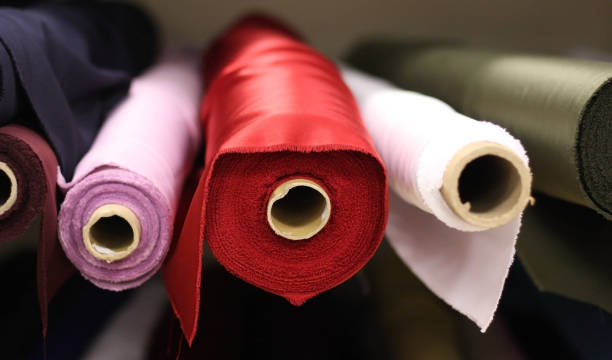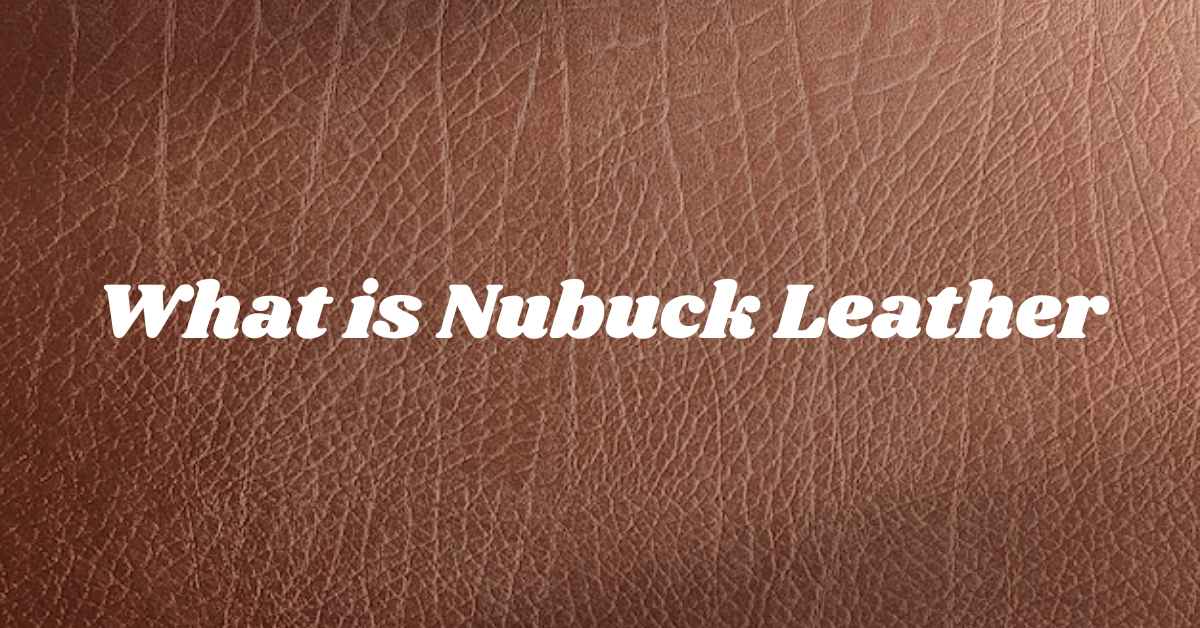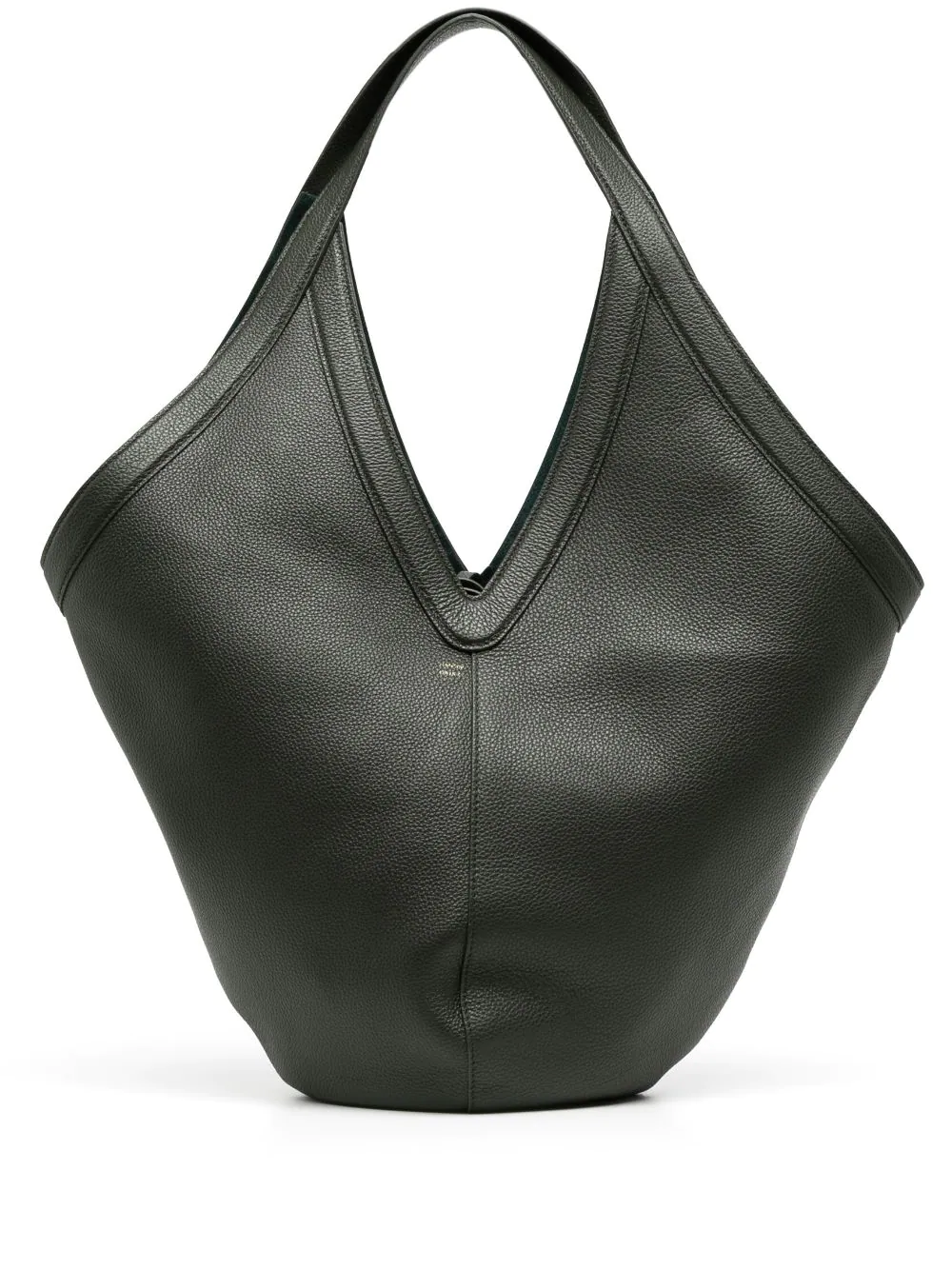To make a duffle bag more rigid, use a bottom stiffener, add a full bag insert, or strategically pack with structured items like packing cubes and shoes.
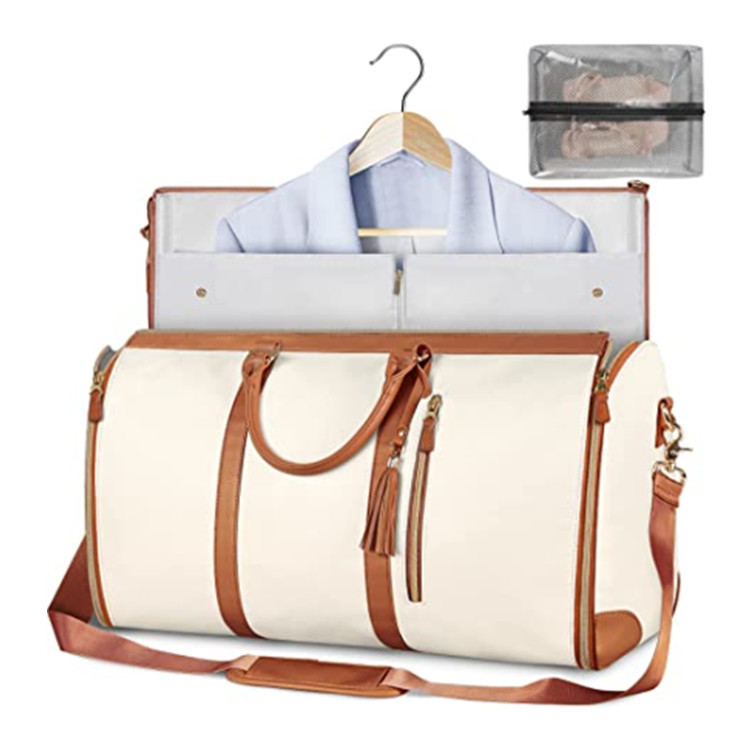
A classic duffle bag is the pinnacle of versatile travel gear, but its soft, unstructured nature can lead to a frustrating, sagging mess. Protecting your belongings and maintaining a polished look requires adding a bit of backbone to your bag. Fortunately, achieving a more structured and stable duffle is simpler than you might think. With a few clever techniques, you can transform your bag from floppy to firm, making it easier to carry, pack, and protect.
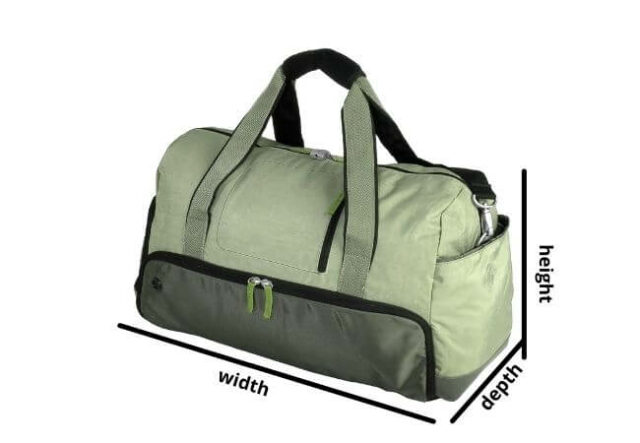
Table of Contents
- Why Does a Duffle Bag Lose Its Shape?
- What Are the Best Ways to Add Structure to Your Duffle Bag?
- Can the Material of Your Duffle Bag Affect Its Rigidity?
- What Should You Look for in a Structured Duffle Bag?
- Frequently Asked Questions about Duffle Bag Structure
Why Does a Duffle Bag Lose Its Shape?
The primary reason most duffle bags sag is their design. They are traditionally crafted from soft, pliable materials like canvas, nylon, or even softer leathers to be lightweight and easily stored when empty. This flexibility becomes a drawback when the bag is partially filled or packed with soft items like clothing. Without an internal frame or inherent stiffness, gravity takes over, causing the bottom to droop and the sides to collapse. This not only looks untidy but also offers less protection for your valuables and can make the bag awkward and unbalanced to carry.
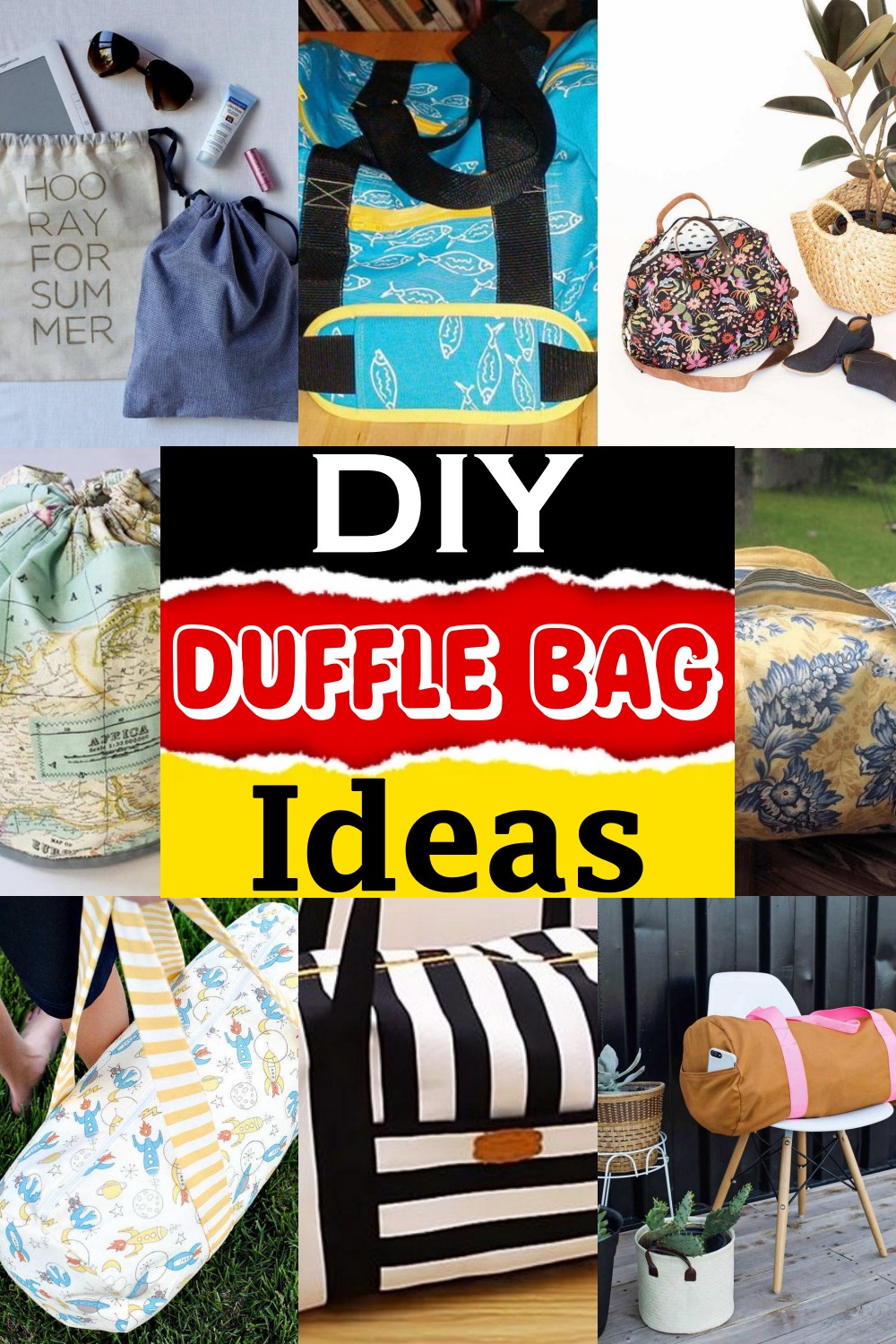
The way you pack also plays a significant role. Tossing items in randomly creates empty pockets and uneven weight distribution, which encourages sagging. An under-packed bag lacks the internal volume to hold its form, while an overstuffed bag can stretch and distort the material, compromising its shape over time. Understanding these factors is the first step toward finding the right solution for making your duffle bag more rigid.
What Are the Best Ways to Add Structure to Your Duffle Bag?
Transforming your duffle bag from a formless sack into a structured carrier involves one of three effective approaches: using commercial products, creating a do-it-yourself solution, or simply packing smarter. Each method offers distinct advantages depending on your needs and budget.
Method 1: Use Commercial Bag Shapers and Inserts
For a quick and polished solution, commercial bag inserts are an excellent choice. These products are specifically designed to add structure to a soft bag and come in two primary forms:
-
Bottom Shapers: These are simple, rigid panels cut to size that you place at the base of your duffle. They instantly create a flat, stable foundation, preventing the dreaded “bag sag” when you lift it. Most are made from durable plastic or stiff felt and are lightweight enough not to add significant bulk.
-
Full Organizers/Inserts: These are more comprehensive, offering not just a stiff base but also structured sides and organizational pockets. Often made from sturdy felt, they act like a “bag within a bag,” helping the duffle maintain its entire shape while keeping your items neatly sorted. This is a perfect option if you carry electronics, toiletries, and other items that need to be both protected and easily accessible.
Using a pre-made insert is the most straightforward way to achieve a consistently rigid shape. Just measure your bag’s interior dimensions and find an insert that matches.
Method 2: Create a DIY Bottom Stiffener
If you prefer a custom-fit or budget-friendly option, creating your own duffle bag bottom stiffener is a simple project. This method gives you complete control over the material, rigidity, and exact size.
What You Will Need:
-
A measuring tape
-
A rigid material: Corrugated plastic (from a sign), a thin sheet of acrylic, sturdy bookbinding board, or even multiple layers of thick cardboard glued together are all great options.
-
A cutting tool: A utility knife or heavy-duty scissors.
-
Optional: Fabric and spray adhesive to cover the stiffener for a more finished look.
Steps to Create Your Stiffener:
-
Measure Your Bag: Empty the duffle bag and measure the length and width of the interior base. Subtract about a quarter-inch from each measurement to ensure the panel fits easily without bunching.
-
Mark and Cut: Transfer your measurements onto your chosen material. Use a straight edge to draw your lines and carefully cut the panel out with your utility knife.
-
Smooth the Edges: Lightly sand or trim any sharp corners or rough edges to prevent them from snagging or damaging the bag’s interior lining.
-
Insert the Panel: Slide your new custom-fit stiffener into the bottom of the duffle bag. It should lie flat and provide immediate support. Your bag will now have a solid base that prevents it from sagging between your hand and shoulder when carried.
Method 3: Master the Art of Strategic Packing
How you pack can have the biggest impact on your duffle’s shape, and it costs nothing. Packing a duffle bag to keep its shape is about creating an internal skeleton with your belongings. The goal is to distribute weight evenly and use firmer items to build a supportive structure.
First, create a firm base. Place flat, sturdy items like a laptop (in a protective sleeve), a book, or a folded pair of jeans along the bottom. Next, build the walls. Line the sides of the duffle with rolled-up towels, sweaters, or shoes placed heel-to-toe. This creates a supportive perimeter.
For the main compartment, *packing cubes* are your best friend. They compress soft clothing into dense, rectangular blocks. You can arrange these blocks like a puzzle to fill the space snugly, eliminating empty pockets where the bag could collapse. Finally, place smaller, softer items in any remaining gaps. This technique not only maintains the bag’s shape but also keeps your belongings organized and minimizes wrinkles.
| Method | Cost | Effort | Effectiveness |
|---|---|---|---|
| Commercial Insert | Moderate | Low | Very High |
| DIY Stiffener | Low | Medium | High (for base) |
| Strategic Packing | Free | High | High (when full) |
Can the Material of Your Duffle Bag Affect Its Rigidity?
Absolutely. The material is the foundation of a bag’s structure. While lightweight nylon and canvas are popular for their portability, they offer minimal inherent stiffness. In contrast, bags crafted from high-quality, full-grain leather possess a natural structure that cheaper materials lack. The thickness and character of the hide allow the bag to hold its shape much better, even when not fully packed.
For example, a premium leather duffle like the Beldtura Craftsman Duffle is designed with durable, robust leather that provides a built-in level of rigidity. The panels are expertly stitched to create a form that stands on its own. While the tricks mentioned above can still enhance its structure, starting with a bag made from superior materials gives you a significant advantage. The leather not only provides form but also ages beautifully, developing a unique patina that tells the story of your travels.
What Should You Look for in a Structured Duffle Bag?
If you’re in the market for a new duffle and want to avoid the sagging issue altogether, there are several features to look for. A well-designed bag will incorporate elements that promote structure from the start. Pay attention to a reinforced bottom, which may include an integrated stiffener or extra layers of leather. Check for structured piping along the seams, as this helps the bag maintain its cylindrical or rectangular shape.
The quality of the hardware and zippers also contributes to overall form and durability. Most importantly, consider the quality of the main material. A duffle made from thick, full-grain or top-grain leather will naturally be more rigid and resilient than its fabric counterparts. Investing in a bag with these features ensures it will not only look great but also perform reliably for years, holding its shape through countless journeys.
Frequently Asked Questions about Duffle Bag Structure
What is the best material for a DIY duffle bag stiffener?
Corrugated plastic is often the best choice. It’s lightweight, waterproof, rigid, and easy to cut, making it more durable than cardboard, which can weaken if it gets damp.
Will adding an insert make my duffle bag much heavier?
No. Most commercial inserts and DIY materials like plastic or foam board are specifically chosen for being lightweight. The added weight is usually negligible and well worth the benefit of a structured, easy-to-carry bag.
Can I use these methods to add structure to a gym bag or backpack?
Yes, these principles apply to any soft-sided bag. A DIY bottom stiffener is perfect for a gym bag to keep it from collapsing in a locker, and strategic packing with packing cubes works wonders for organizing and shaping a rucksack or backpack.

